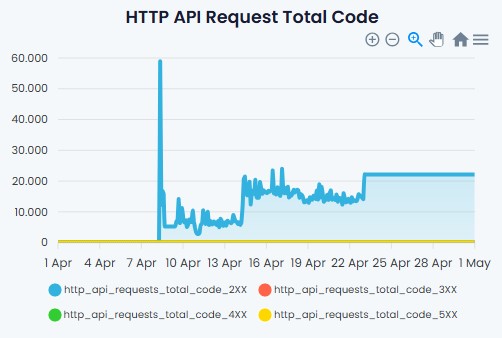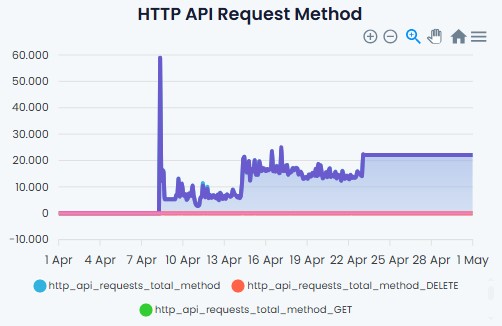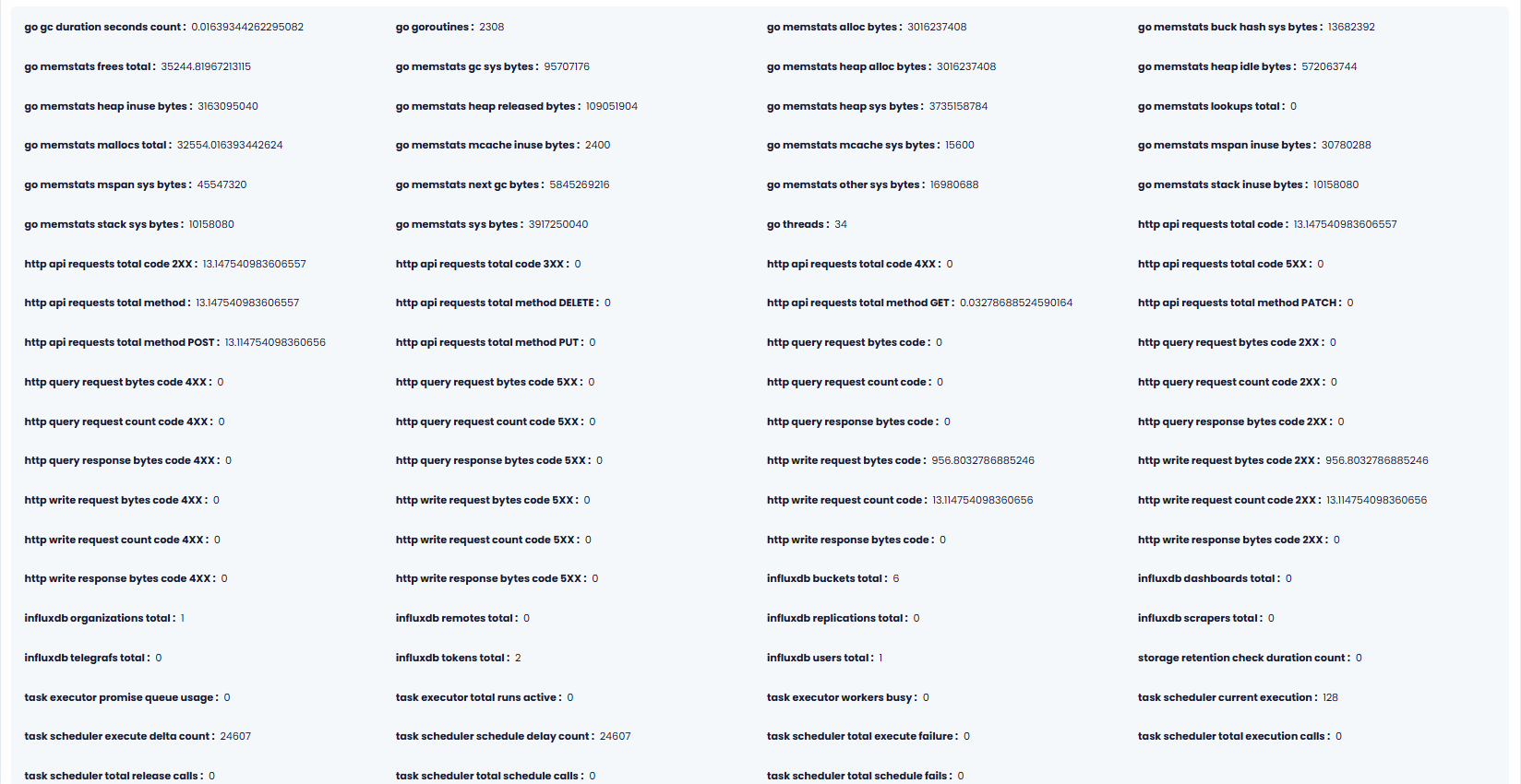
InfluxDB Monitoring with Xitoring
Comprehensive Visibility for Your Time-Series Data Infrastructure
InfluxDB serves as the backbone for metrics, events, and real-time analytics in modern applications. Xitoring’s InfluxDB monitoring integration delivers enterprise-grade observability to ensure your time-series data remains performant, available, and secure.
Why Monitoring InfluxDB is Mission-Critical
InfluxDB isn’t just another database—it’s the backbone of your real-time metrics, observability, and time-series analytics. When it fails, your entire monitoring stack fails with it. Here’s why you can’t afford to skip deep, proactive monitoring:
1. Time-Series Data Has Unique Failure Modes
Unlike traditional databases, InfluxDB deals with high-velocity writes, aggressive data expiration, and complex retention policies. Without monitoring:
Cardinality explosions silently degrade performance until queries grind to a halt.
Failed compactions corrupt data irreversibly—with no warning.
Retention policy conflicts create gaps in critical metrics.
You won’t see these coming unless you’re tracking series growth, TSM health, and shard distribution—metrics most tools ignore.
2. Queries Can Turn Destructive
A single inefficient query can:
Exhaust memory, forcing OOM kills.
Block writes by monopolizing I/O.
Trigger cascading failures in dependent systems.
Without
query execution tracking, you’re flying blind while your dashboards time out.
3. Storage Efficiency Directly Impacts Costs
InfluxDB’s storage engine is a black box with hidden risks:
Unoptimized sharding wastes 30-50% disk space.
Stuck compactions bloat WAL files unpredictably.
Orphaned TSM files consume resources indefinitely.
If you’re not monitoring disk efficiency, you’re overpaying for storage—or risking sudden outages.
4. High Availability Isn’t Automatic
Clustered InfluxDB deployments fail in subtle ways:
Replication lag causes stale reads during incidents.
Network partitions create invisible data loss.
Hinted handoff queues silently overflow.
Standard health checks miss these. You need node synchronization metrics to trust your cluster.
5. Your Security Posture is at Risk
Time-series databases are prime attack targets:
Credential stuffing hides in authentication logs.
Malicious queries exfiltrate data via regex scans.
Unauthorized buckets leak sensitive metrics.
Without audit logging and anomaly detection, breaches go unnoticed for months.
What Happens Without Proper Monitoring?
- False Positives: Alerts fire from query spikes—not real issues.
- Silent Data Loss: Compaction failures corrupt metrics permanently.
- Capacity Surprises: Shards fill up mid-incident.
- Performance Mysteries: Queries slow down “randomly”.




Why Choose Xitoring for InfluxDB Monitoring?
Xitoring provides granular, purpose-built monitoring specifically designed for InfluxDB’s unique architecture. Unlike generic database monitors, our solution:
-
Understands Time-Series Specific Metrics – Tracks cardinality, write persistence, and TSM compaction that directly impact performance
-
Correlates Database and System Metrics – Links query performance to underlying resource constraints
-
Offers Historical Benchmarking – Compares current performance against baseline patterns
-
Provides Deployment-Aware Monitoring – Adapts to standalone, clustered, or cloud-managed instances
-
Delivers Actionable Insights – Converts raw metrics into optimization recommendations
Ensure your metrics database doesn’t become your monitoring blind spot. With Xitoring’s InfluxDB integration, maintain continuous observability over the system that powers your observability stack.
How to start monitoring your InfluxDB server?
-
1
Install Xitogent
Easily run one command and install Xitogent on your Linux or Windows server
-
2
Enable Integration
Now run `xitogent integrate` on your server and select InfluxDB , it will show you the process of the installation.
-
3
Configure Triggers
You can easily configure several triggers including CPU and Memory Usage and alerts and receive them in your favorite notification channel.
Start monitoring your InfluxDB server today
FAQ
How much does it cost for each InfluxDB Server?
InfluxDB monitoring is included at no cost for all servers. on the Flexible plan, each server costs $5.00/mo and you can save much more on combo plans (up to 50%)
More details about pricing
How long does it take to setup InfluxDB monitoring?
If you have Xitogent running on your server on average it would take five minutes to configure and make everything running!
More technical details can be found here: How to monitor InfluxDB on Xitoring
How to monitor InfluxDB server for free?
Xitoring offers 30 days trial to try InfluxDB monitoring. Basic Server metrics and uptime monitoring are always free.
What kind of alerts do I get for InfluxDB monitoring?
There are many options to configure your customized trigger and alerts, HTTP Api requests details, query request, go goroutins, go threads and etc.
What graphs do you provide for InfluxDB monitoring?
We provide graphs tons of graphs about your HTTP Api requests details, query request, go goroutins, go threads and etc.
Need Help or Quote?
Have questions or need assistance? Our dedicated support team is here to help. Reach out to us anytime, and we’ll be happy to assist you.


